Last-minute plans are most special. And if camping is part of the plan, it’s doomed to bring a whole other level of thrill. No time for overthinking; just pack your stuff, and you’re off to go.
‘What about reserving a campsite?’ you may ask. ‘How do you know there’s enough space?’ you may wonder. The answer is – we don’t need to! Finding an isolated spot beyond the campground, ideally somewhere in the middle of the woods, is the thrill we love the most.
And if you’re into camping, you’ve probably heard the name of this camping style – dispersed camping.
What is dispersed camping?
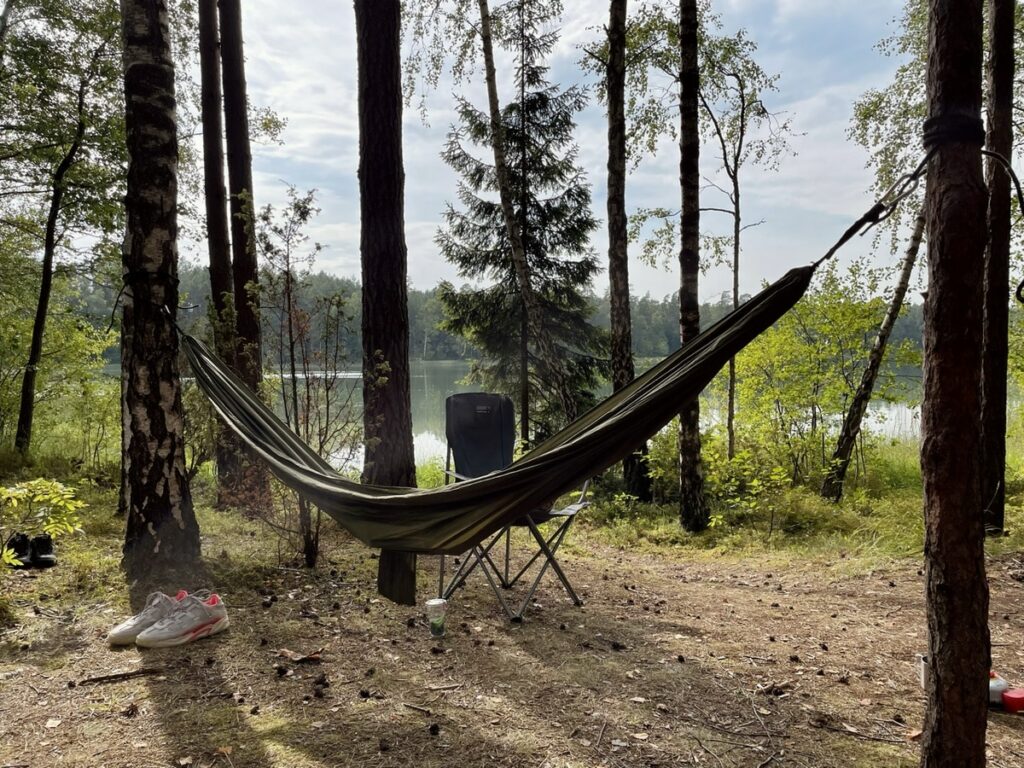
If we talk terminology, dispersed camping is camping on public land that has been dispersed by the government. That doesn’t sound as romantic as it actually is, we know.
But dispersed camping simply means that you’re outside designated campgrounds. You don’t have to reserve a space, there are no amenities like running water or toilets, and we doubt you’ll see any other campers around. Actually, you might have the entire woods for yourself!
You can disperse camp in very different means; the main rule – outside established campgrounds. For example, you can go car camping and drive up a forest road till you’ll find a parking spot and set up a campsite.
Or you can backpack into the middle of the woods, even mountains. Basically, wherever you’re up to.
So, if you’re off to free camping without any reservation hassle and enjoy heading to remote camping locations, the dispersed camping experience will give it all.
How to prepare for dispersed camping?

We can easily call dispersed camping our most beloved way to camp because of: 1) minimum preparation; 2) the possibility of ending up in a beautiful dispersed camping area. All this without spending hours trying to find out what campgrounds are available or plan the trip days in advance.
Our rule of thumb: the more spontaneous the trip is, the more flexibility it gives.
Of course, as with any other type of camping, there are aspects that you must carefully consider to get a pleasant experience. These are camping safety and comfort. So, think about it and prepare well.
Remember – what you can find in campgrounds, in dispersed camping you can’t!
Finding dispersed campsites
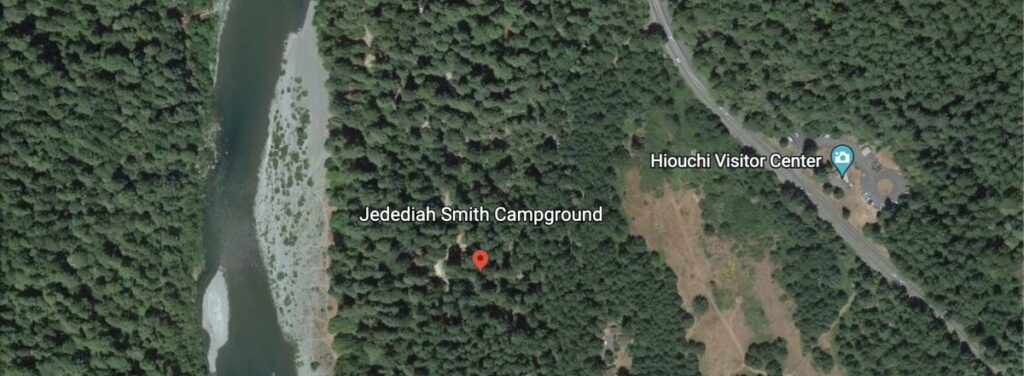
The dispersed camping sites are not marked, so you’ll need to do some research before picking one. Google Maps is your best friend here.
Also, don’t forget about dispersed camping etiquette – pack out what you’ve packed in and respect nature by leaving no trace behind.
How to find dispersed camping areas on Google Maps?

- First, decide on the area you’d like to explore. Think about something that pulls your attention – cultural sights, national forests (be careful there – we’ll explain more later), hiking trails, breathtaking views – you name it. The more remote and wild, the better!
It’s wise to consider weather conditions as well. In summer, we hunt for a bit elevated places near water sources for cooler temperatures. In winter – heading more to the south and avoiding altitude is a better way not to freeze.
- You know the area. OK, now turn on the Google Maps satellite view and examine possible camping spots. Look for clearings of forest roads or sandbanks on rivers and lakes. Place pins in all of them and check if there’s something accessible.
- Request directions from your home to the pins to get a sense of the road access. Zoom in and zoom out until you’re sure there’s a forest road linking to the main roads.
- Copy the coordinates of your chosen spot and find all you need to know about your destination (like landing management, slope angle, fire history/fire restrictions, weather forecast) in dedicated apps. Our favorite one is CalTopo, but Gaia and FreeRoam apps are also great.
What’s dispersed camping like at national park service sites?

If dispersed camping at national park service sites is what you’re looking for, we’ve got some great news – dispersed camping is allowed in most of them!
The only thing to remember here is to check the National Park Service website before heading out. Why? Because each national forest has different regulations that you must follow. For example, some may require a permit for dispersed camping.
The best part about dispersed camping in national forests is that you can alter your plans on the go and still find an amazing spot to set up camp. No more worrying about planning everything in advance and not having enough time to enjoy the trip.
What’s dispersed camping like in forest service lands?

Dispersed camping in Forest service lands is a bit different from dispersed camping at national park service sites. The main difference is that dispersed camping in forest service lands is allowed only in specific areas.
To find out where you can disperse camp in a particular forest, you’ll need to check the Forest Service website or give them a call. The good news here is that dispersed camping in Forest service lands is usually free of charge!
Again, don’t forget about dispersed camping etiquette and camping rules. Make sure to pack out what you’ve packed in. Leave no trace behind so we can all enjoy the beauty of nature.
What’s dispersed camping like on BLM land?
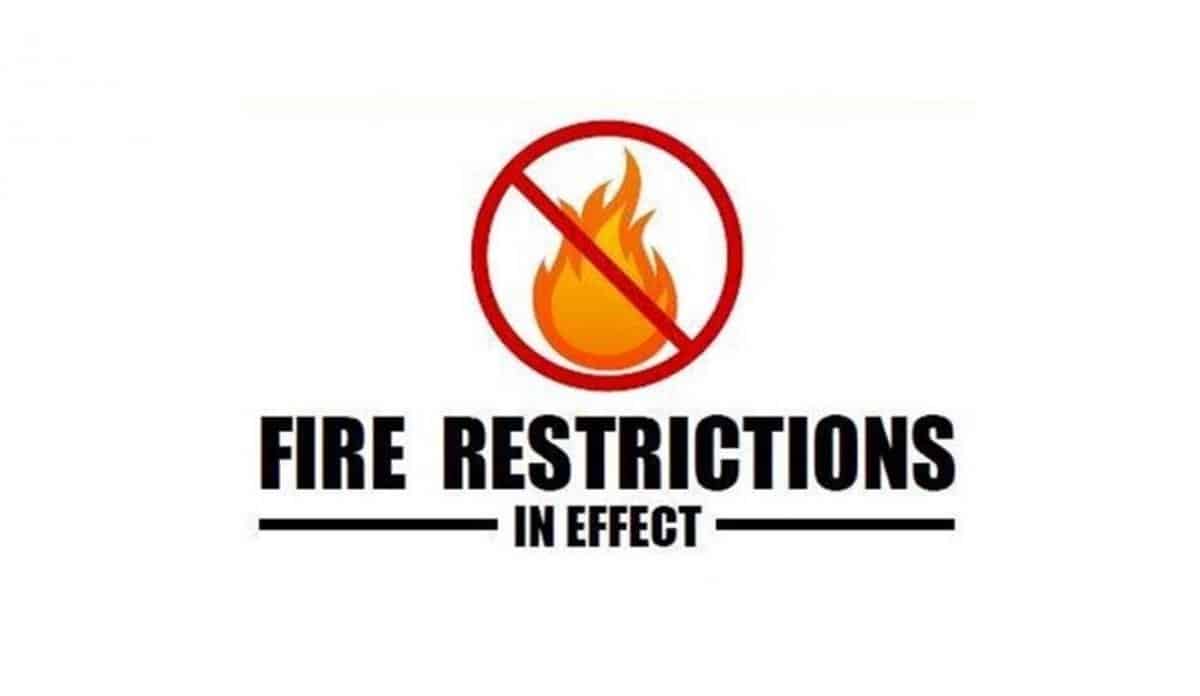
BLM (Bureau of Land Management) lands are managed by the government and offer a variety of recreational opportunities, including dispersed camping.
Dispersed camping on BLM land is allowed in specific areas only. To find out where you can dispersed camp, you’ll need to check the BLM website or to make a call.
As with dispersed camping in Forest service lands, you can often find free camping spots dispersed on BLM land.
Bonus tips for finding dispersed camping
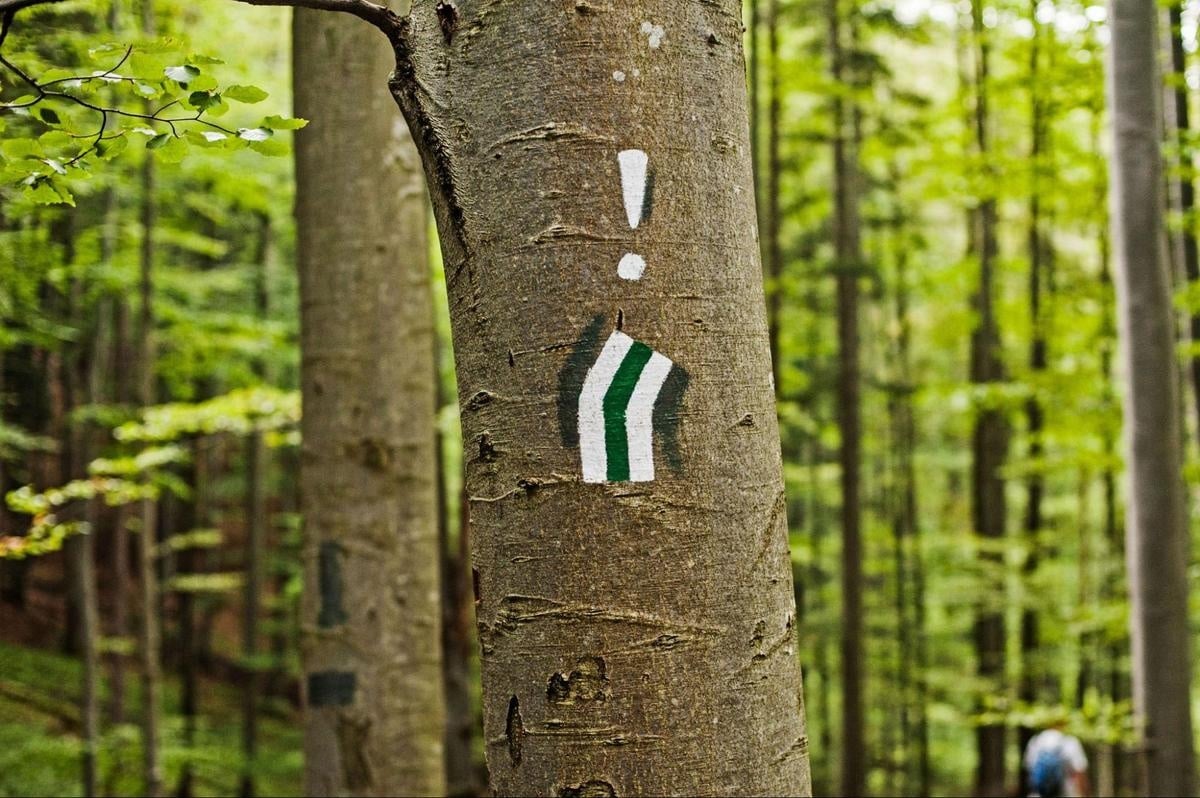
If you’re still not sure where to disperse camp, here are a few bonus tips that might help:
- Check out National Geographic Road Atlas – it shows public lands in different colors;
- Ask around – locals usually know the best spots for dispersed camping;
- Look for signs of previous campsites – fire pits, cleared areas, etc. Remember to choose a spot that’s at least 200 feet away from water sources and trails!
What to bring when dispersed camping

Now that you know what dispersed camping is and where to find dispersed campsites, it’s time to talk about what you’ll need to bring for dispersed camping.
Again, the most important thing to remember when packing for dispersed camping areas is to pack out what you’ve packed in. This means that you’ll need to bring all the supplies necessary for your comfort and safety, as well as all the supplies needed to leave no trace behind.
We’ve compiled a complete dispersed camping checklist to help you prepare. Check it out!

Here’s a quick extract of some crucial things you need to bring:
- Tent (a small two person tent will be OK if you’re heading out alone or with a companion)
- Sleeping bag
- Camping pad
- Camping stove
- Fuel canisters
- Campfire cookware
- Camping utensils
- Camping water purification system (a filter or purifier)
- Water storage containers
- First-aid kit
- Fire starter
- Knife
- Bear horn or pepper spray (if camping in bear country)
- Trash bags
- Camping lantern or headlamp
Leave No Trace while dispersed camping
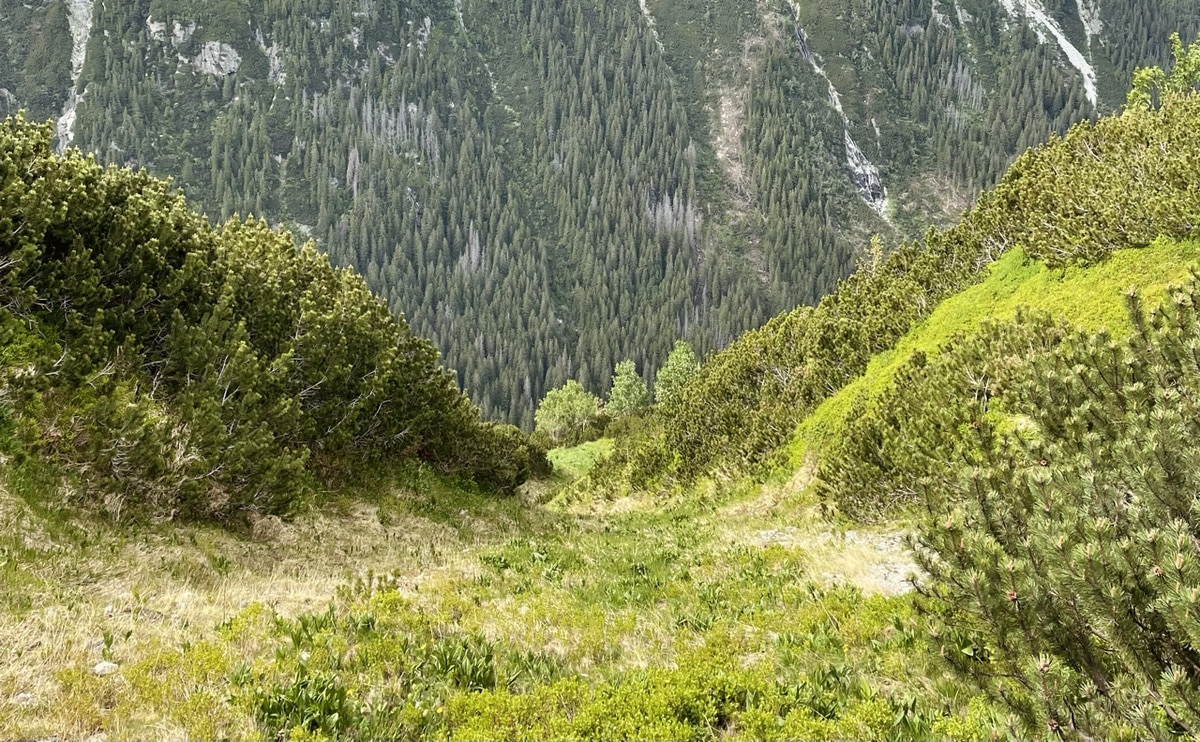
Well, Leave No Trace are the words you’ve seen us repeating all over again. And we’ll do that again. As with any camping style – even if you’re off to established campgrounds – dispersed camping is all about leaving no trace behind. But what does that mean exactly?
The Leave No Trace principles are simple – you pack out everything you’ve packed in, don’t disturb the natural environment, and respect other campers.
Dispose waste properly
One of the most important leave no trace principles is to dispose of waste properly. This means that you must pack out all your trash, including food scraps and used toilet paper.
If you’re on a camping site with no toilets, you’ll need to dig a cathole for your human waste. Make sure to dig the cathole at least 200 feet away from water sources and trails. Once you’re done, fill the hole back up and pack out any toilet paper!
And last but not least – don’t leave behind any pet waste. Not only is it gross, but it can also spread disease.
Minimize campfire impacts
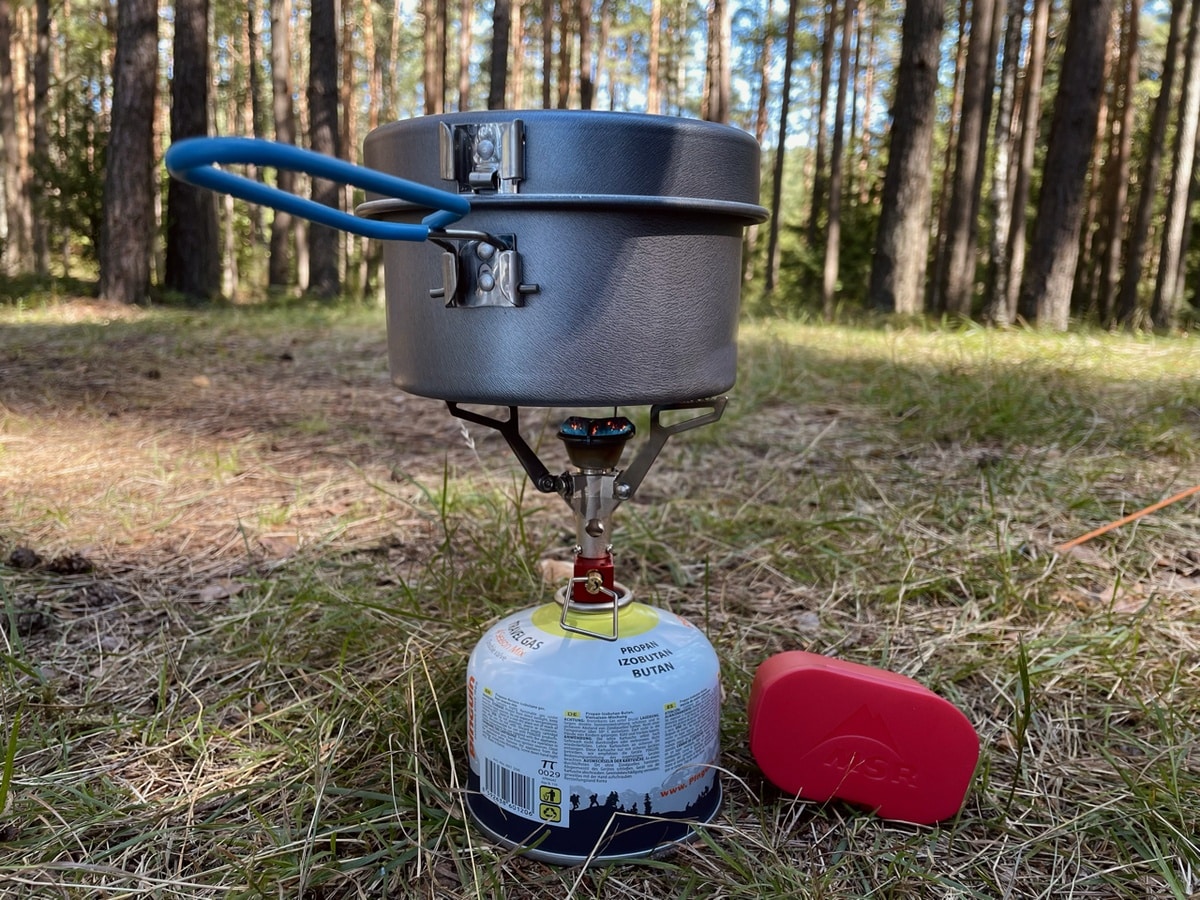
Another crucial leave no trace principle is to minimize campfire impacts. This means that you should only build a fire if it’s absolutely necessary, and it’s best if you use a small stove instead whenever possible.
If you do build a fire, make sure to use an existing fire ring or pit. And when you’re done, make sure the fire is completely out! The best way to do this is to drown the fire with water and then stir the ashes until they’re cold to touch.
Travel & camp on durable surfaces

The last leave no trace principle we want to talk about is traveling and camping on durable surfaces. This means that you should avoid camping in sensitive areas, such as meadows and wetlands.
Instead, try to camp on durable surfaces like gravel bars, sand flats, or dry grasslands. And when hiking, stick to established trails and existing roads as much as possible.